Did you suddenly notice that the lights on your Ford Expedition are flashing while you’re driving? Now, you want to know why it is happening and what you can do about it. You’ve come to the right place, for we have researched this question, and we have the answer for you.
A failing alternator is the most common reason for flashing interior lights. A less common cause could be a failing voltage regulator.
Learn more about the alternator and the voltage regulator inside your Ford Expedition in the succeeding sections, including what you can do to fix the problem.
Read on!
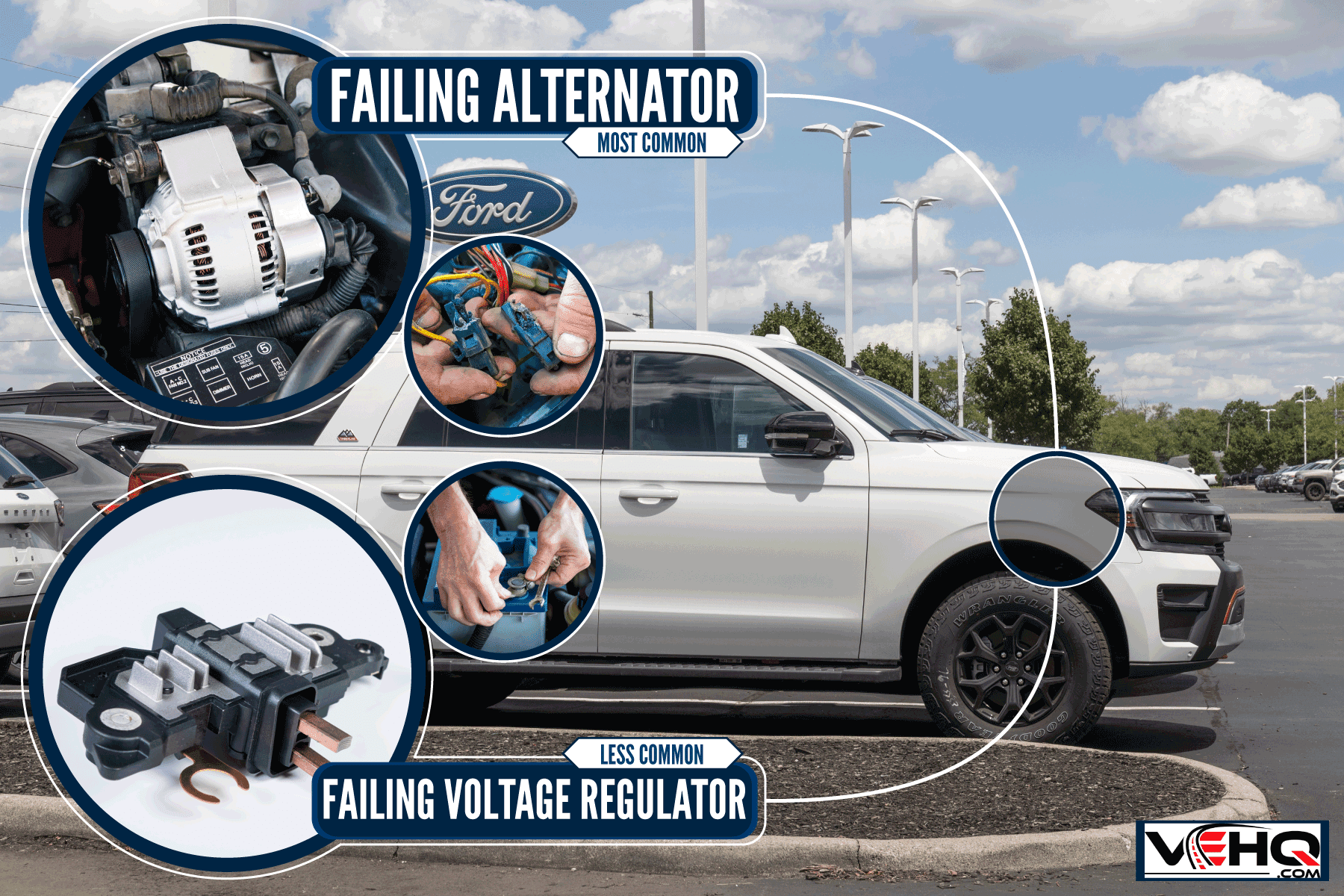
What is an alternator?
Most people believe a car battery provides necessary electrical energy to the lights, wipers, AC, or radio. Unfortunately, this is only true if you turn on these devices while the engine is off.
Once the engine starts running, the alternator is responsible for supplying power to the car's electrical components. The only purpose of the car battery is to provide the power necessary to start your Ford Expedition engine. After that, it takes a back seat and receives an electrical charge from the alternator while you drive your car.
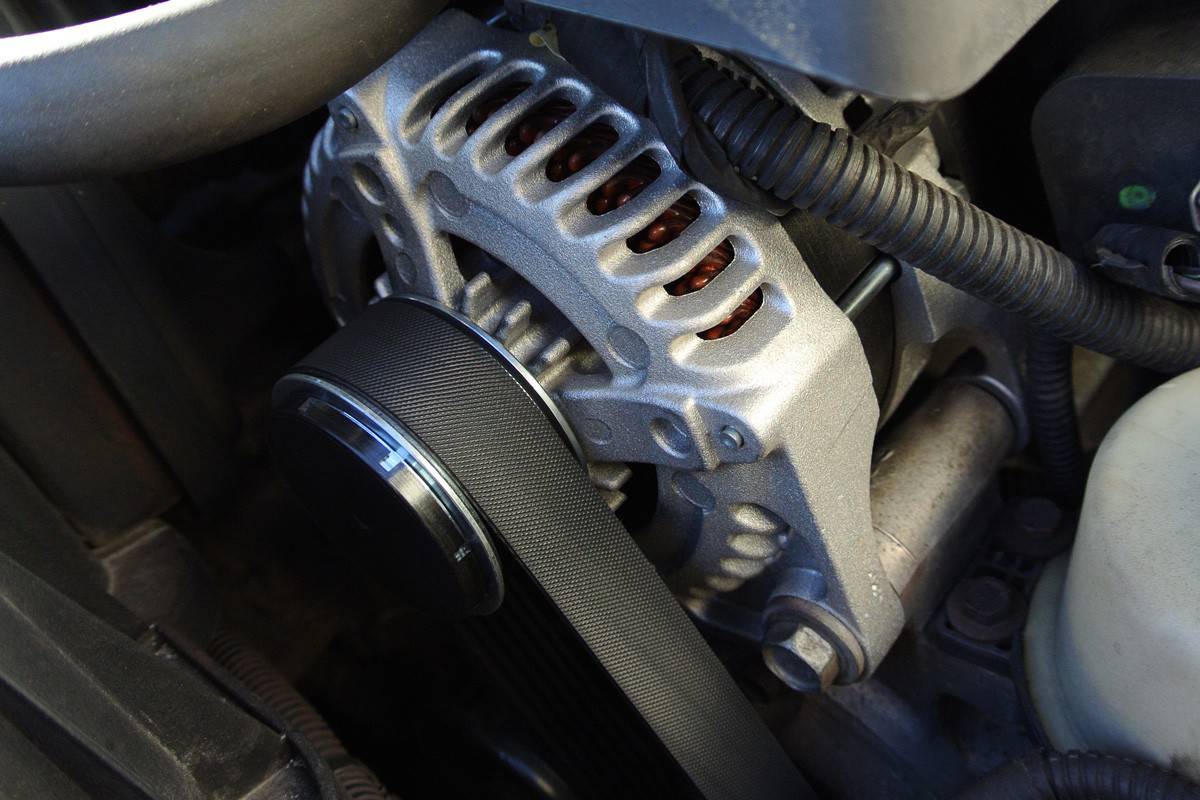
The alternator is a type of electrical generator. However, it doesn’t need gasoline or diesel to produce the rotational energy to create electricity. Instead, the alternator has a pulley that is connected to the engine using a rubber belt.
Signs Of A Failing Alternator
Once your engine starts running, the alternator becomes the direct source of electricity for all the electronic components of your car. Once the alternator starts to fail, the amount of electrical energy that it can provide becomes inconsistent. This will reflect in the electronic components of your car.
Warning Light On Instrument Cluster
In some Ford Expedition models, the ECU (electronic control unit) monitors the alternator's output. The battery warning light will turn on if the electrical output becomes erratic or falls below the minimum that the vehicle needs. In some older models, the light will show the letters “ALT” instead. “ALT” stands for an alternator.
The ECU checks the voltage in the electrical current each time you add or remove a new electrical load.
For example, you’re driving at night and have the headlights and the AC on, and there is no warning light on the instrument cluster. When it starts to rain, you turn on the wipers, and then see a warning light flashing. Turning off the wipers also turns off the warning light.
Alternators normally produce 13 to 14.5 volts—similar to a car battery. It will maintain this voltage regardless of the electrical load that is placed on it while you’re driving your car. However, this voltage will drop when the alternator starts to fail.
Dim Or Flickering Lights
Another common symptom of a failing alternator is dim or flickering lights. You will notice that your lights will be bright at one point, then go dim, then go bright once more. This means that the alternator can no longer produce the right amount of electrical energy to keep the lights of your Expedition at a consistent level.
If you want to be certain that the problem is the alternator and not a fault in the electrical system, try adding another electrical load like running your power windows or turning the wipers on. If the lights dim or flicker even more, the problem is the alternator.
Dead Battery
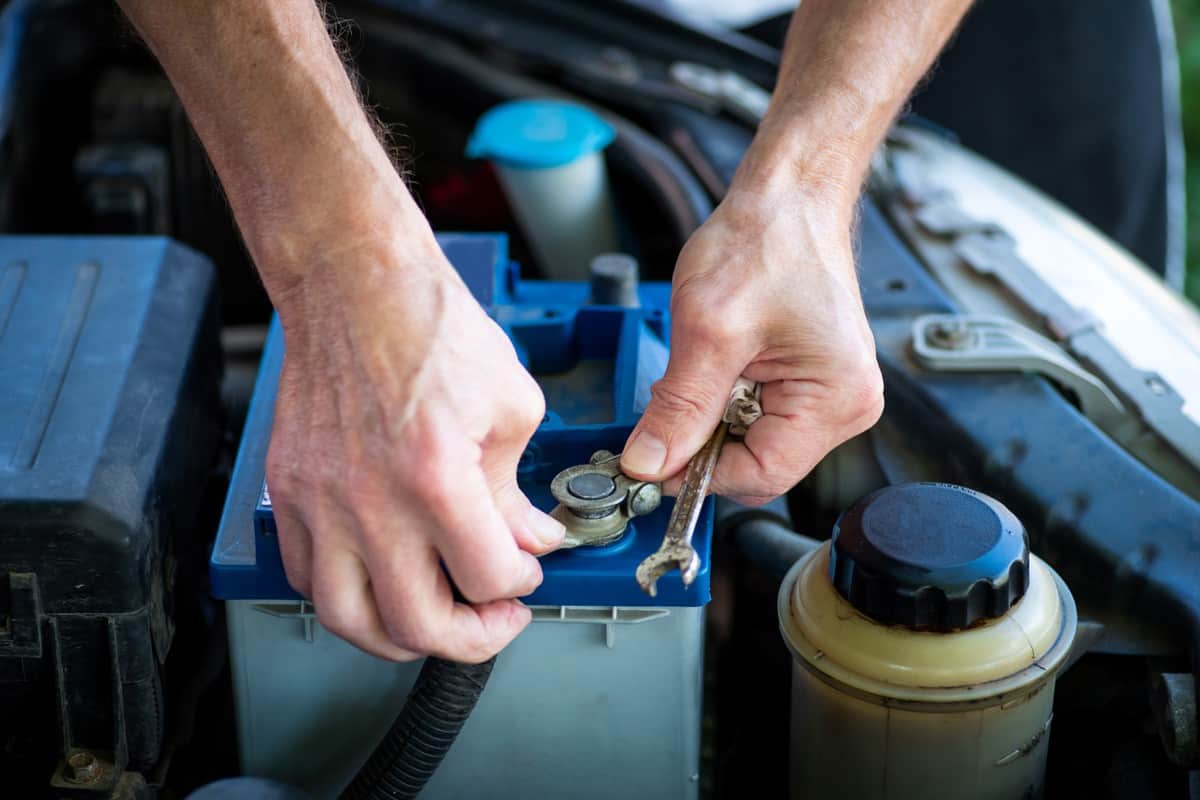
If you have a new battery and you find it discharged one morning, that means that your car wasn’t able to charge it while the engine was running. And charging the battery is one of the alternator's duties.
When the alternator fails, the car battery will have to fill the drop in the electrical supply. This could mean that the energy lost by the battery will become more than the energy it gets from charging.
If you jump-start your Expedition (because you have a dead battery) and it doesn’t stay running, then the alternator is the culprit.
Smell Of Burning Electronics
A failing alternator can also fail to cool itself. Because of this, it will start to overheat. The smell of burning electronics comes from an overheating alternator.
The smell of burning rubber can also mean that your alternator is overheating. The belt that connects the alternator to the engine is made of rubber. If the alternator becomes too hot, it can start to burn that rubber belt, causing that smell of burning rubber.
How to replace the alternator?
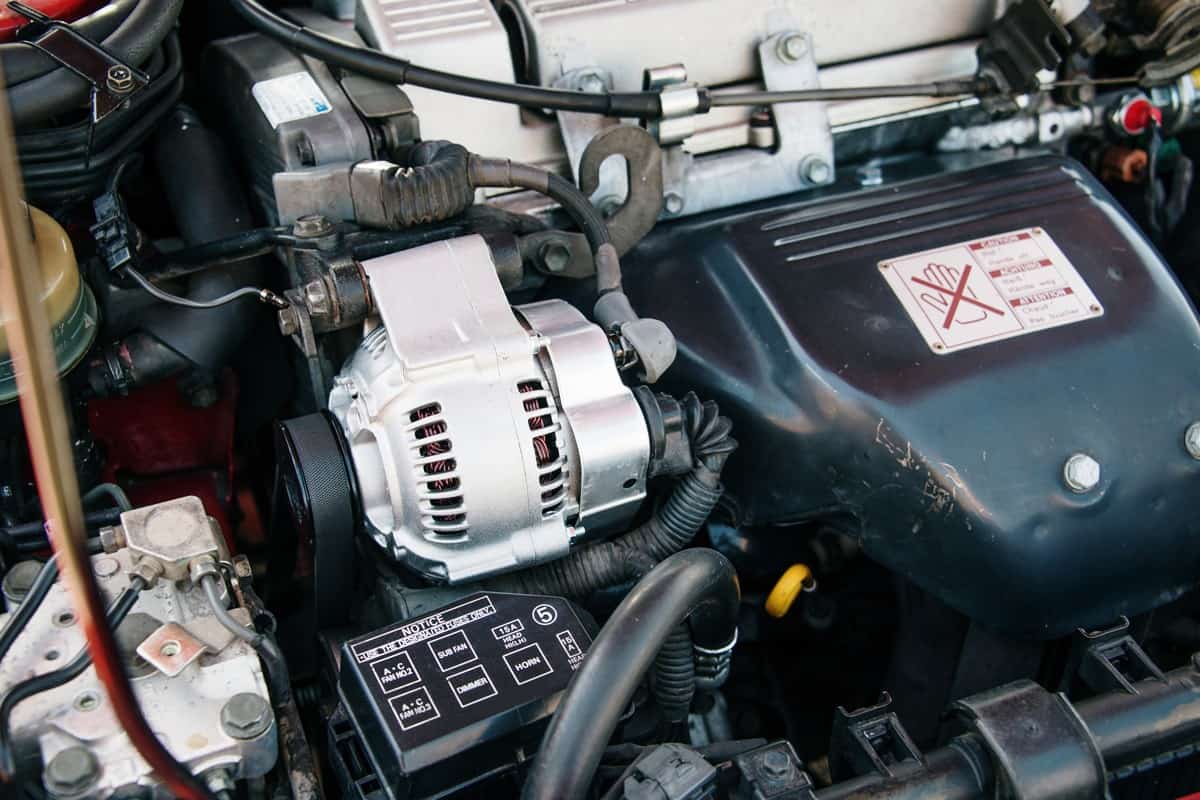
A new alternator can cost a few hundred dollars, and the labor will add to that cost. If you prefer to replace your alternator and save money, follow the simple steps below to do it:
Preparing Your Expedition
- Park your vehicle on level ground. If you’re parking indoors, make sure that you have sufficient lighting.
- Engage the parking brakes.
- Place your vehicle on “Park (P)” and turn off the engine.
- Disconnect the car battery.
- Disconnect the wires coming from the back of the alternator. It is often located close to the radiator fan. You can label the wires so you’d know how to reconnect them later.
Replacing The Old Alternator
- Remove the plastic engine cover to give you more room to work on the alternator.
- Remove the air filter housing. You’d have a clear path to your old alternator once that is out of the way.
- Loosen the belt tensioner. This will give the belt enough slack so you can remove it. It will be easier to reach the belt tensioner with a breaker bar. Turn the breaker bar clockwise or counterclockwise, depending on the Expedition model, to loosen the belt tensioner.
- Remove the belt.
- Loosen the bolts that hold the alternator in place. It would be helpful to use magnetic sockets so you wouldn’t drop the bolts when you remove them and when you put them back later. In some Expedition models, there is a separate bracket on top of the alternator that keeps it in place. Be careful not to drop the bracket when you remove the bolts that keep it in place.
- Carefully lift the old alternator out of your Expedition. You might need to lean forward a little bit to get good leverage before pulling the old alternator out.
- Install the new alternator.
- Reinstall the bolts and the bracket that hold the alternator in place. Do not overtighten, or you might strip the bolts.
- Position the belt on the alternator pulley and on the engine pulley.
- Loosen the belt tensioner once more and hold it at that position.
- Reinstall the rest of the belt on the tensioner. Slowly release the belt tensioner.
- Reconnect the wires on your alternator.
- Reconnect the wires on your car battery.
Ford F-Series Truck and Expedition alternator is available on Amazon through this link.
What is a voltage regulator?
The voltage regulator on your Ford Expedition is responsible for maintaining a constant voltage. If the voltage regulator starts to fail, the electrical energy that gets to the electrical components in your car becomes erratic.
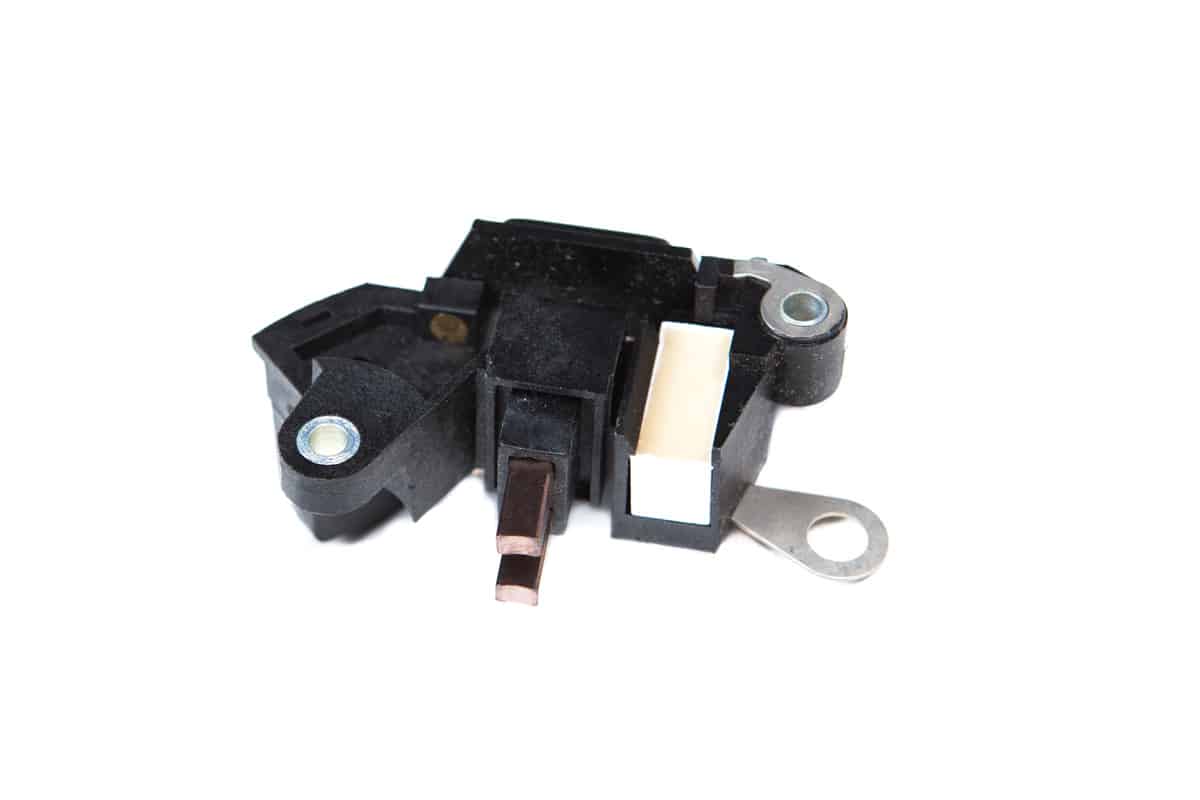
So, how do you know if you have a bad voltage regulator?
Symptoms Of A Bad Voltage Regulator
Dead Car Battery
Your car battery will stop charging once your voltage regulator starts to fail. Charging the car battery needs a consistent supply of electrical energy. Without it, the charging process will fail.
Inconsistent Lights
The lights in your Expedition will start to dim and then get bright once the voltage regulator starts to fail. This is similar to what you will experience when the alternator starts to fail. However, combined with the symptoms below, you will be able to isolate whether it is the alternator or the voltage regulator.
Engine Stalling
A failing voltage regulator can cause your engine to sputter or stall intermittently. It can also cause your Expedition to have difficulty accelerating.
Battery Light On Instrument Panel
Similar to a failing alternator, a bad voltage regulator can trigger the battery light to turn on. This is an indicator of inconsistent electrical energy.
Replacing The Voltage Regulator
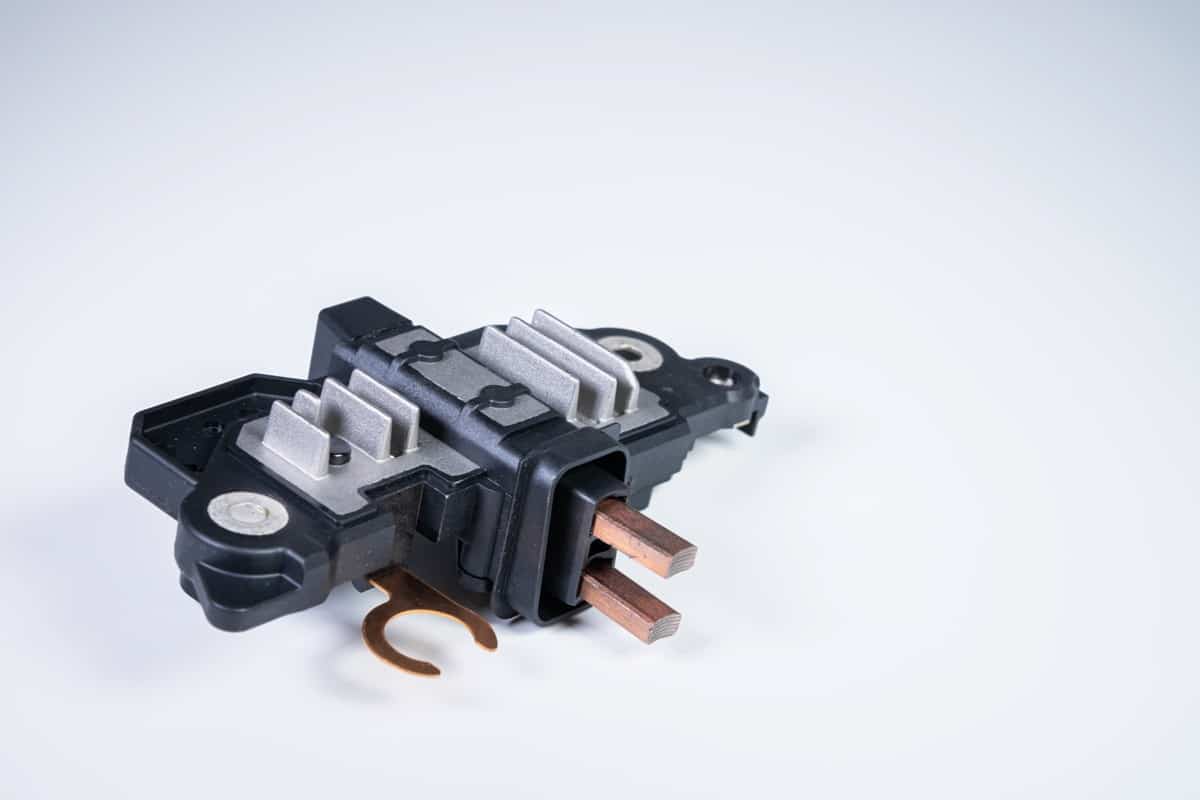
The voltage regulator in Ford Expedition is installed at the back of the alternator. You will need to remove the back housing cover of the alternator to get to the voltage regulator.
The back housing is where the wires are connected. Hence, it is where the voltage regulator is hiding.
Replacing the alternator will also replace the voltage regulator on your Expedition. However, if you have a working alternator and are sure it is a failing voltage regulator, you might want to consider replacing it too.
Suppose the alternator is almost seven years old or more. In that case, it might be a good idea to replace the alternator so that your Expedition will have a new alternator and voltage regulator.
Alternators are known to last around 7 to 10 years. This service life can extend to the voltage regulator.
Voltage Regulator for Ford 3G Alternator is available on Amazon through this link.
Conclusion

There are two possible causes when the lights in your Expedition start to flash. Fortunately, these two causes are connected. You can replace one to take care of both problems.
If you enjoyed reading this article, you might find the articles below equally enjoyable to read:
How Heavy Is A Ford Expedition? [And How Much Weight Can It Hold?]
What Are The Ford Expedition Cargo Space Specs? [Breakdown By Trim Level]


